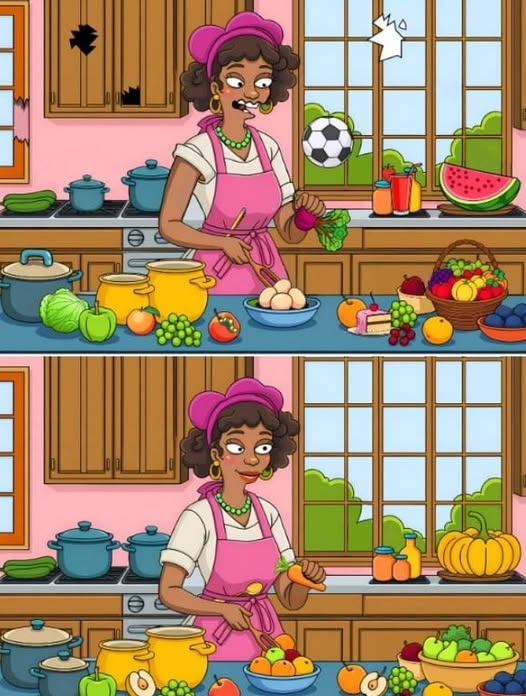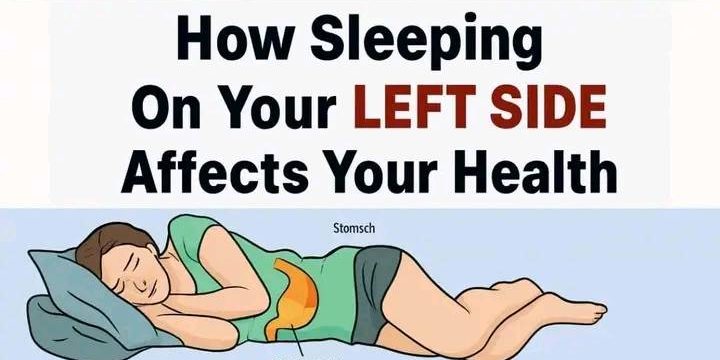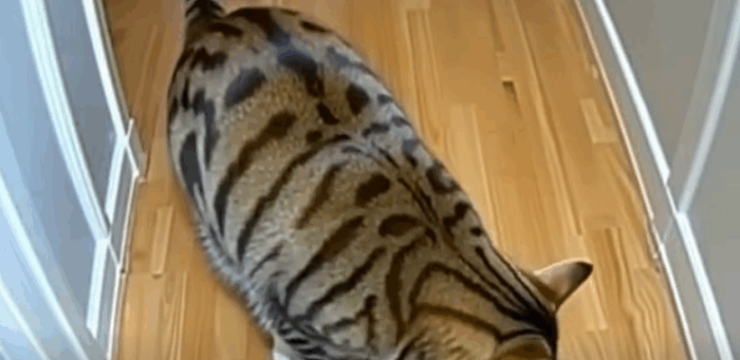If you can find more than 15 differences in this spot-the-difference game, congratulations—your brain might just be working at genius level! But don’t get too confident just yet. This visual challenge is designed to test the limits of your focus, concentration, and visual sharpness. With only one minute on the clock, you’ll need to rely on your observation skills and quick thinking to succeed. So, get ready, because time is ticking—and every second counts.

This is more than just a fun little game. It’s a genuine workout for your brain. Spot-the-difference puzzles are known for improving cognitive functions such as memory, attention to detail, and visual perception. In this challenge, you’ll face three seemingly identical images—but look closer. Subtle changes have been made in each version, and it’s your job to spot every single one of them. Sounds easy? Think again.
As you prepare to take on this task, be sure to sit in a quiet environment and eliminate distractions. Focus your eyes on each part of the image methodically. Start from one side and slowly scan to the other. Look for anything unusual—maybe a missing flower, a different color, a slightly altered object, or something that’s just not where it should be. These visual inconsistencies can be very small, which is exactly what makes this challenge so tricky and fun.
Let’s set the stage: You’re presented with a charming, detailed illustration—something that looks like it could belong in a children’s storybook or a fairytale. It’s colorful, playful, and packed with little items and characters. At first glance, the differences between the images seem non-existent. But trust your eyes and give it time—things will start to stand out.
There are three versions labeled A, B, and C. Your goal is to analyze them carefully and identify what has changed from one to the other. While the core of the scene stays the same, tiny differences are sprinkled throughout. It could be the direction of a bird’s flight, a missing stripe on a shirt, a changed expression on a character’s face, or even an item that’s been slightly moved.
You’ve got just 60 seconds. Yes, one minute. That’s all the time you have to push your brain into high gear. Don’t let the ticking clock stress you out—breathe, focus, and scan. You might be surprised by how many details your eyes can pick up under pressure.
Once your time is up, take a step back and count the differences you managed to find. Did you catch 5? 10? More than 15? If you reached or passed the 15 mark, give yourself a huge round of applause. That level of perception and attention to detail is not common. It takes a strong mind and a well-trained eye to spot so many differences in such a short time.
If you didn’t find that many, don’t worry. These challenges aren’t just for testing—they’re for improving. Like any other skill, observation gets better with practice. The more you expose yourself to puzzles like this, the sharper your mind becomes. Plus, it’s a great way to take a short mental break from daily routines and refresh your brain.
After completing the challenge, go ahead and compare your answers with the solution. It’s always fun to see what you missed and how sneaky some of those differences really are. Some will leave you thinking, “How did I not see that before?”

So, how many differences did you spot? Were you able to catch them all? Whether you nailed it or found yourself stumped, the important thing is you gave your brain a healthy challenge. And remember, these kinds of activities are more than just games—they’re tools for keeping your mind active and alert.
Next time, try competing with a friend or family member to see who can find the most differences in the shortest amount of time. It’s a fun and interactive way to bond while keeping your mental skills sharp. You can even turn it into a weekly tradition—one puzzle a week to challenge your brain and track your progress.
In a world where we’re constantly multitasking and surrounded by digital distractions, taking a few moments to engage in focused mental exercises like this one can have big benefits. So don’t underestimate the power of a puzzle. Whether you’re a seasoned puzzle pro or someone just starting out, there’s always room to grow your skills.
Are you ready to give it another try? Set that timer, sharpen your focus, and dive into the next visual puzzle. You might just surprise yourself with what you’re capable of spotting. Good luck, and keep challenging that amazing brain of yours





